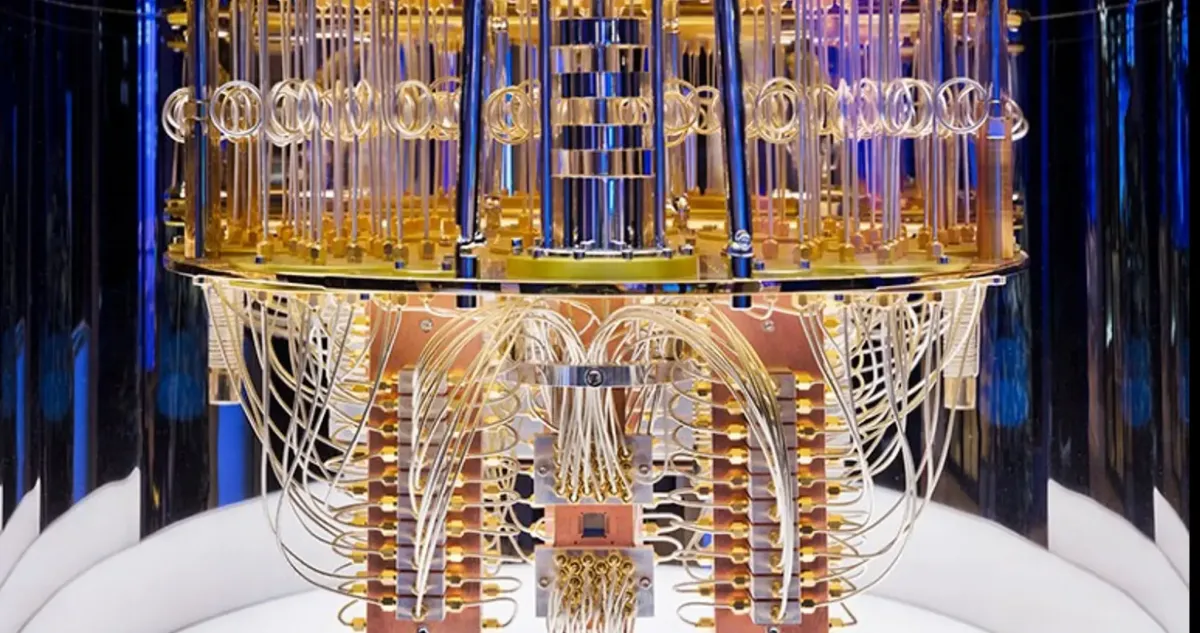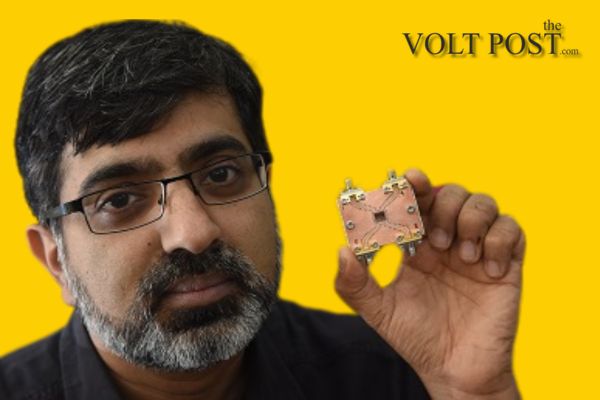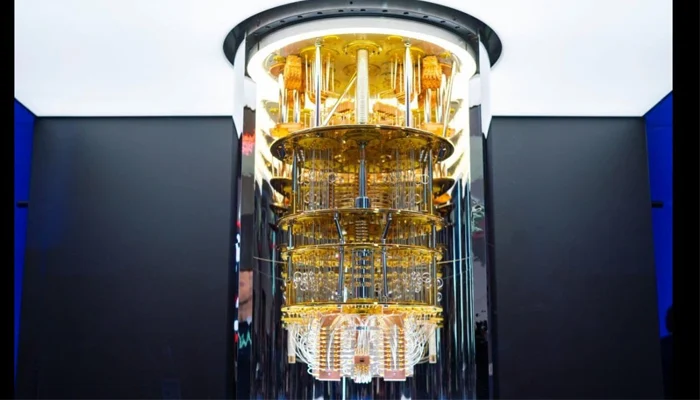There has been a lot of talk lately about India almost finishing the development of its own “Quantum Computer.” The Volt Post’s Niloy Banerjee goes into the detail on how the maiden computing technology built in India is intended to revolutionize the nation’s technological capabilities, as well as about the man behind it, the laborious effort involved and whether India truly has been able to decode the Decoherence.
Under the direction of Mumbai’s Tata Institute of Fundamental Research(TIFR), India has nearly finished creating its first quantum computer. The small-scale computer is being developed by the Quantum Measurement and Control (QuMaC) lab at TIFR, established 12 years ago to solve fundamental challenges in constructing quantum systems.
Head of QuMaC Dr. R. Vijayaraghavan called the research a crucial first step towards quantum technology for the nation. “This will enable us to participate in this game.”
TIFR, DRDO, TCS’s Quantum Drive
TIFR, the Defence Research and Development Organization (DRDO), and Tata Consultancy Services (TCS) are working together on this project. According to the news agency, they are working together to build crucial parts including software, hardware, and the quantum processing unit, each of which has unique complexity.
“We have to start somewhere if we’re going to develop a 100 qubit machine. Thus, this provides us with all the knowledge we need to comprehend the many components of a quantum computer and the areas that present difficulty,” Dr. R. Vijayaraghavan said in an interview with India Today. He stressed that “for us, it’s the first step,” drawing a parallel between the endeavor and IBM’s introduction of its first 5-qubit quantum computer onto the cloud eight years prior.

The Man ‘Dr. R. Vijayaraghavan’
Dr. Vijayaraghavan is leading a group of eight scientists from five institutes as part of the National Quantum Mission, with the goal of constructing a 24-qubit computer in three years and a 100-qubit computer in five, according to India Today. While working on distinct concepts, other specialized teams are investigating different technological avenues with photons, neutral atoms, or trapped ions serving as qubits.
There are still big scientific problems in spite of the advancements. Because of their intrinsic instability and susceptibility to disruptions, qubits can experience “decoherence.” To get around this, researchers from all over the world are working on error-corrected qubits. Dr. Vijayaraghavan told India Today, “You have to demonstrate that by using such a system, you are actually solving some problem which is of relevance to industry, science, or society and show that it is better, faster, and cheaper.” Naturally, that will be the first practical quantum computer holy grail. We haven’t arrived yet.
Another Bengaluru firm dabbling with quantum computing is QpiAI. The news agency claims that the company, headed by CEO and chairman Dr. Nagendra Nagaraja, is building a 25-qubit quantum computer and intends to unveil it by year’s end. With $6 million in funding, QpiAI hopes to provide cloud services for the platform to users and systems to leading research organizations and institutes in India.
According to the report, the equipment suggests that the machine is a superconducting quantum computer. According to Dr. Vijayaraghavan, this device would be more of a model to pave the way for future advancements. Although a typical laptop can solve the equations this small-scale quantum computer can answer, he continued, the effort provides the foundation for more sophisticated systems.
Delving into The Groundbreaking Research
The curiosity intensifies as to how this groundbreaking research is poised to transform the tech industry, funded by the National Quantum Mission and partnerships with TCS and DRDO.
This development marks a pivotal moment in India’s technological landscape, positioning the nation as a player in the highly competitive quantum technology field. This accomplishment establishes India as a player in the fiercely competitive sector of quantum technology, marking a significant turning point in the country’s technical landscape.
What is the QuMaC Lab?
The goal of the QuMaC lab is to tackle the complex problems associated with building quantum systems. TIFR, Tata Consultancy Services (TCS), and the Defence Research and Development Organization (DRDO) are working together on this project.
These organizations are working together to design and build important parts, such as the quantum processor unit along with associated software and electronics.
Decoherence of Qubits, the Major Challenge
Decoherence of qubits is perhaps the largest difficulty in quantum computing. Because qubits are so sensitive to their surroundings, even slight perturbations can cause them to lose their quantum characteristics, a phenomenon called decoherence.
Decoherence may be difficult to master and may call for novel materials, computational methods, and in-depth research into different quantum approaches. The difficulties with quantum computing extend beyond the hardware. Additionally, quantum algorithms are far more complicated than classical algorithms, necessitating novel approaches to computing challenges from their developers.
Quantum computers are still small in comparison to contemporary computers, despite their outstanding performance on particular applications. One of the biggest challenges still facing quantum computing is scaling up to hundreds or thousands of qubits while keeping error rates low and coherence high.
Government Funded To Promote the Progress
According to many media reports, the government provided Rs 6,000 crore (about $720 million USD) to promote progress in this field, the objective is to keep it well-funded. It is anticipated that this investment would spur innovation in a number of fields, such as mobility, finance, life sciences, and chemistry, illuminating the revolutionary potential of quantum computing to propel industrial and economic innovation.




